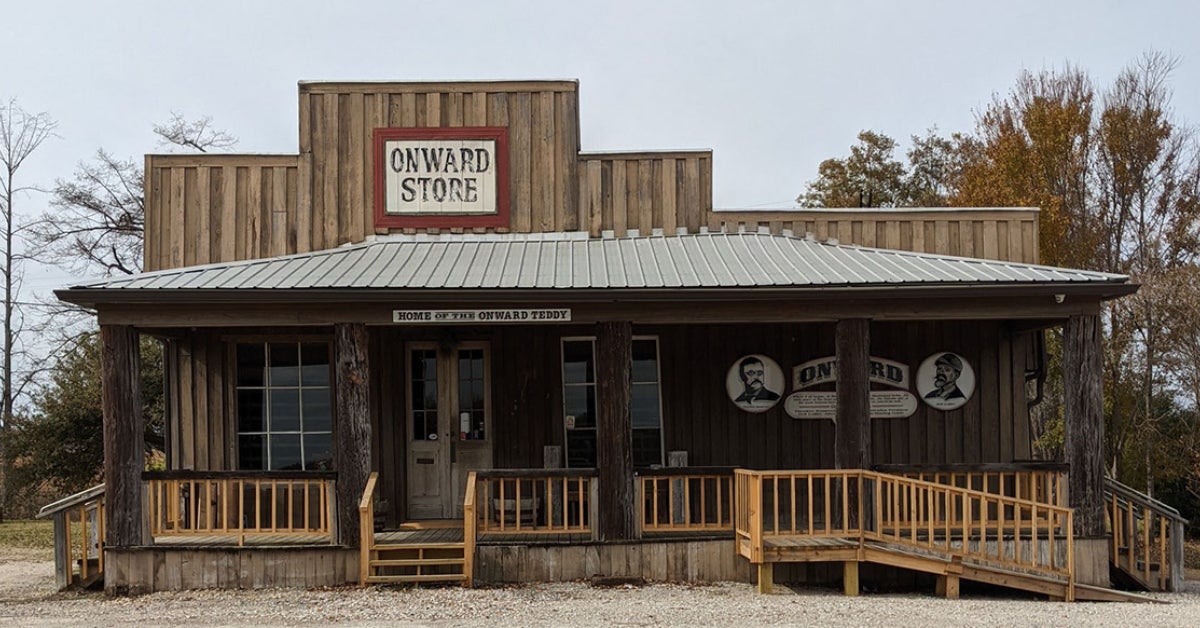Flu pandemic of 1918 stirred panic across U.S., author says
Published 12:00 am Wednesday, November 10, 2004
[11/10/04]A Philadelphia, Penn., salesman authorities in Northeast Mississippi suspected of spreading influenza in Mississippi was found with his throat slit during the pandemic of 1918.
The county’s coroner ruled the death a suicide, but author John M. Barry cited it Tuesday as an example of the violence that resulted from the misinformation, fear and panic that were then rampant in the country.
Barry, whose latest book is “The Great Influenza: The Epic Story of the Deadliest Plague in History,” presented a guest lecture Tuesday night to about 175 people in the Southern Cultural Heritage Foundation auditorium.
The salesman had entered an area of the state where a Columbus-based public health officer had tried to control the population by fear, Barry said.
The pandemic hit in October 1918, the month before the end of World War I, which had begun four years earlier. The United States had entered the war, against Germany and her allies, in 1917.
“He started saying, and he was by no means the only one, that the Germans were spreading influenza,” Barry said of the health official.
“At Mississippi A&M now Mississippi State, of course the whole campus was ROTC and so forth. It was, it became panic-stricken when influenza struck, absolutely panic-stricken. And this went through the entire area of Mississippi, all the way to the Gulf Coast.”
People in the health officer’s territory knew the salesman’s home city was one of the areas hardest-hit by the most deadly flu virus, and authorities arrested and jailed the salesman on suspicion that he was a German agent trying to spread the disease in the state.
The salesman was released, but found dead shortly thereafter in a motel room.
“Governments have to tell the truth about public health,” Barry said in summarizing one of the two main lessons he thinks the 1918 pandemic offers people today. “That may sound simple, but it isn’t.”
The other lesson, Barry said, is to take influenza seriously.
One thing that made the strain of the flu virus that spread in 1918 so deadly was that it killed young adults, people 20 to 35 years old, in extraordinary numbers. The number of people over 50 who died from the virus was not very far from ordinary.
Even people with the strongest and most active immune systems were falling victim to the virus, which created a moving target for people’s immune systems by changing form rapidly.
“The battlefield was your lungs,” Barry said, adding that people’s immune systems were “wiping out” the organs that transfer oxygen to the bloodstream and remove toxins.
Economic, demographic and political shifts also contributed to the devastation the flu caused. Many people were moving from rural to urban areas, and bed space in cities was in short supply and was thus often shared, either at the same time or in shifts. The country’s mobilization for the war effort also increased the virus’ opportunities to spread, Barry added.
The virus started, as all flu viruses do, in birds, Barry said. It probably started in Kansas and not, as most such strains do, in Asia, he added.
It mutated to allow one person to infect another, he said.
“Not every flu virus is lethal, but this one was and there have been others in the past,” Barry said.
About 36,000 people die of the flu every year, he said. Lesser pandemics in 1957 and 1968 killed, respectively, about three and two times as many as normal, he added.
At least 50 million people and possibly up to 100 million died worldwide within weeks in 1918, the worst flu year on record, Barry said.
Public-health officials say the world is overdue for another pandemic, Barry said. The flu has been in the news this year because of a shortage of the vaccine in the United States. Barry said he met recently with representatives of the vaccine’s manufacturers, who said one of the main risks they face is uncertain demand for their products.
“They need a fixed market,” Barry said of the producers. “They may lose $30 million if they throw away doses if it’s a mild year.”
Barry’s speech was his second at the SCHF in three years. He also spoke here on the Mississippi River flood of 1927, the topic of another of his books, “Rising Tide.”
“The Great Influenza,” published by Viking Books, is Barry’s fifth book. He said he completed it in seven years, more than twice as long as he had planned. He has also published books about George Washington; the exercise of power in politics, sports and the media; and cancer research and gene therapy.
Asked after his speech about how he chose the topic for his book, Barry said he had always been interested in the year 1919 and the events that surrounded it, and that going back to that origin had also led to research and writing on the flood and its effects.
“It was an explosive time,” he said. “All the pressure was building up because of and during World War I.”
Barry’s book focuses especially on the scientists who fought the 1918 virus, whose courage he said he admires as they fought a “war against nature superimposed on a war against a human society.”
During his speech he read a small part of his book to the audience.
“The influenza pandemic that erupted in 1918 was the first major collision between a natural force and a society of individuals who refused to either submit to that force or to simply call upon divine intervention to save themselves from it,” he said.





